Today’s revelation that British Airways is to unveil a Boeing 747-400 next month in the colours of predecessor carrier BOAC has teed the airline up for what promises to be an exciting year of celebration as it marks its centenary.

FlightGlobal archive
The announcement is a bit of a landmark development for British Airways, which has previously shied away from dwelling too much on its past and has only once before applied a retro-scheme to an aircraft. This was in 2010 when it repainted its last Boeing 757 in the red, white and blue Negus & Negus-designed livery the type first wore when entering service in 1983.

Max Kingsley-Jones collection
But the BOAC-liveried 747 G-BYGC is just the start of this “retrojet” programme, says BA, adding that “more details of further designs to be revealed in due course”. This has led to speculation about which aircraft types will be painted and which of the heritage liveries will be chosen. Sadly, BA has ruled out applying retro schemes to any new aircraft saying that new arrivals, including the Airbus A350, will have the current “Chatham Dockyard” Union Flag design.
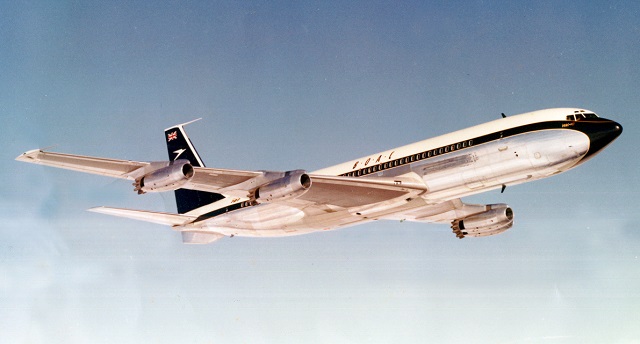
FlightGlobal archive
This leaves the potential for any of BA’s current types to be part of the programme, such as the Airbus A320 family, the Boeing 777 and Boeing 787 as well as the A380 and additional 747-400s.
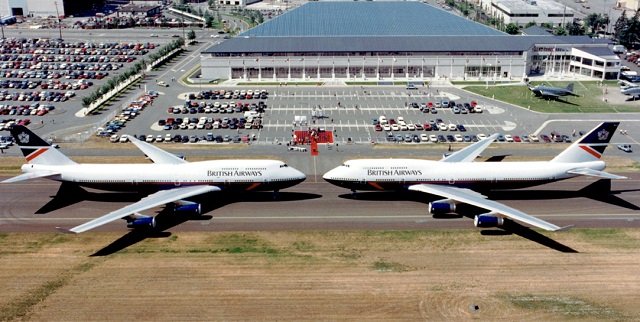
FlightGlobal archive
The 747 is unique among the current fleet having worn all of BA’s legacy schemes in the type’s various iterations, with the initial batch of -100s arriving towards the end of the BOAC era.
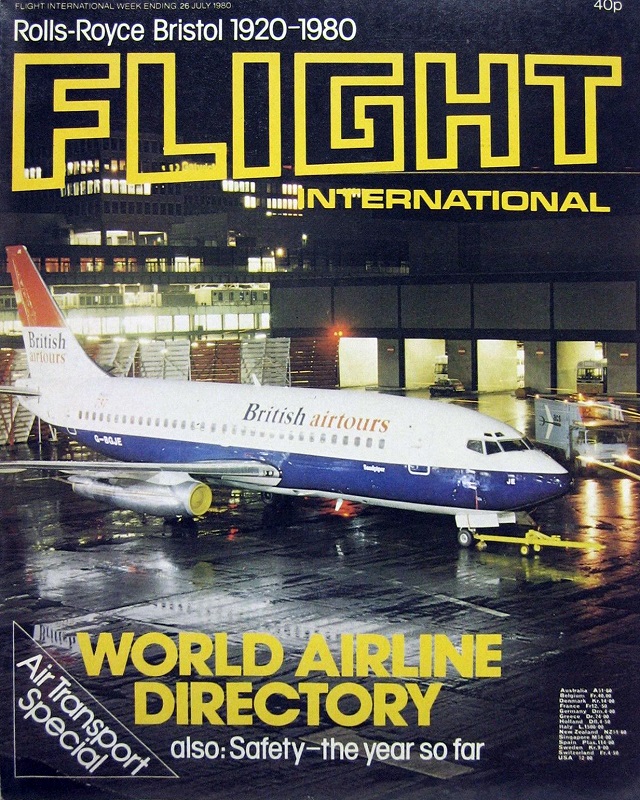
Along with BOAC, or “British Overseas Airways Corporation” to use its full name, there are two other key predecessor airlines that deserve recognition in the retrojet programme – BEA (British European Airways) and Imperial Airways. While the latter transitioned into BOAC in August 1939, the former was created immediately post-war and operated UK short-haul services as a standalone operation until it merged with BOAC in 1974 to create BA. It remains to be seen if other merged brands like British Caledonian, British Airtours (above) and Dan Air will be included.
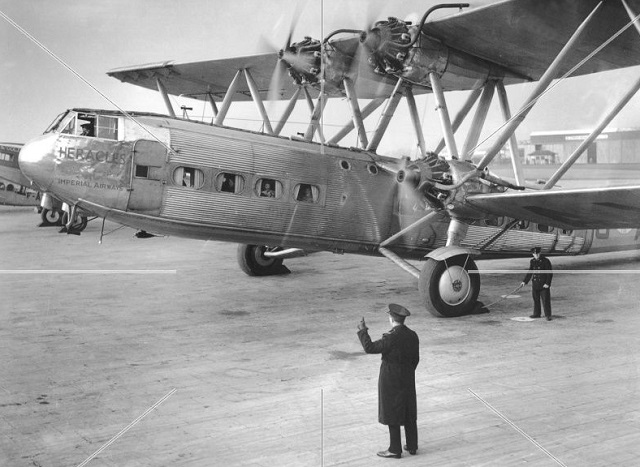
FlightGlobal archive
The pre-war Imperial Airways (above) operated a handsome silver fleet of landplanes and flying boats. It was responsible for the creation in 1932 of the famous “Speedbird” symbol which for many years adorned the various BA legacy airlines’ aircraft and is still used as its callsign today.

Max Kingsley-Jones collection
There are many iterations of liveries among BA’s predecessor airlines, but included here are some of the more well-known schemes. BA adopted its current identity in 1997 with the controversial “Utopia” livery of “World Images” (nicknamed “ethnic tailfins”), one of which is the Chatham Dockyard scheme that now adorns its entire fleet. The original Negus & Negus (below) scheme used from 1973/4 was superseded by the largely grey and blue livery devised by Landor Associates in 1984 as the UK government prepared to privatise the state-owned carrier.
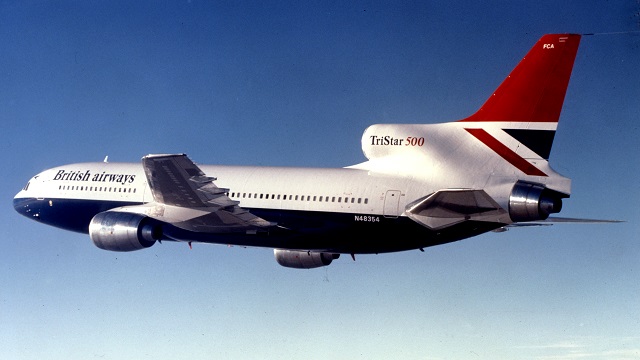
FlightGlobal archive
Source: FlightGlobal.com






















